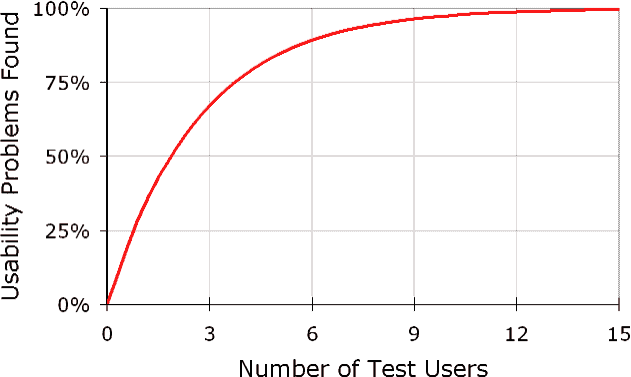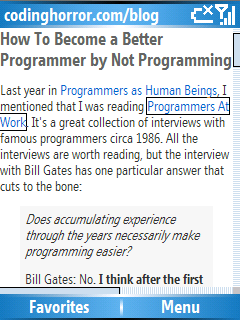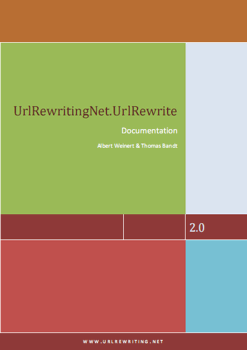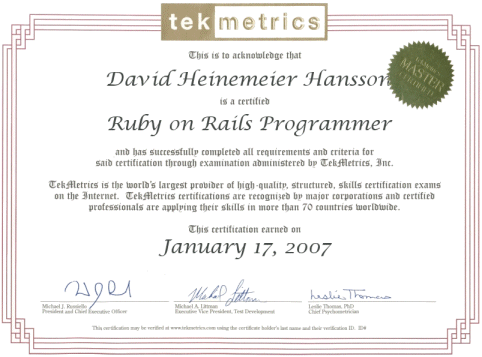
usability testing
Low-Fi Usability Testing
Pop quiz, hotshot. How do you know if your application works? Sure, maybe your app compiles. Maybe it passes all the unit tests. Maybe it ran the QA gauntlet successfully. Maybe it was successfully deployed to the production server, or packaged into an installer. Maybe your beta testers even signed








